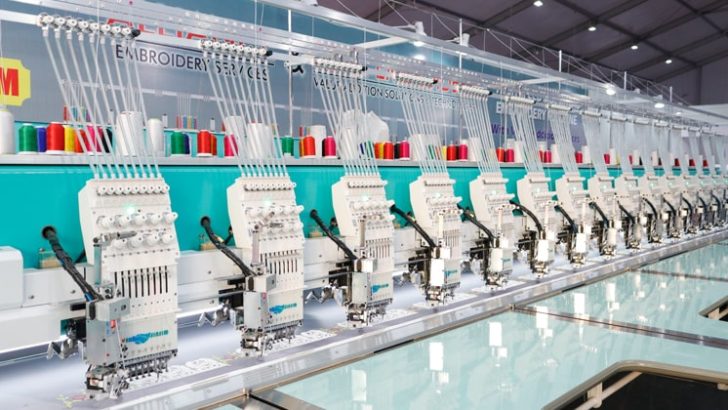Computer embroidery has revolutionized the world of textile art, making it easier than ever for hobbyists and professionals alike to create intricate and stunning designs from the comfort of their own homes. With the right tools and knowledge, anyone can transform simple fabric into a masterpiece of personalized craftsmanship. This guide will walk you through the essentials of computer embroidery, from choosing the right equipment to mastering design techniques that bring your visions to life.
Understanding Computer Embroidery
Computer embroidery is a digital process that uses specialized software and machines to stitch patterns onto fabric. Unlike traditional hand embroidery, which requires meticulous manual work, computer embroidery automates much of the process, allowing for greater precision and efficiency. The technology relies on digitizing designs—converting images or illustrations into coded instructions that the machine can follow. These instructions dictate where and how the needle should move, creating the desired pattern with consistent quality.
The primary components of computer embroidery include an embroidery machine, design software, and high-quality thread and stabilizers. Each plays a crucial role in achieving the final result. For example, stabilizers prevent the fabric from puckering or stretching during the stitching process, while the right thread ensures vibrant colors and durability.
Choosing the Right Equipment
When starting out, selecting the appropriate equipment is essential. There are two main types of embroidery machines: home-use and industrial-grade. Home-use models are more affordable and user-friendly, making them ideal for beginners. They typically come with built-in designs and basic software, allowing users to start creating quickly. Industrial machines, on the other hand, offer advanced features such as larger hoop sizes and faster stitching speeds, but they come at a higher cost and require more technical expertise.
In addition to the machine, investing in reliable embroidery software is crucial. Popular options like Embird, Wilcom, and Hatch provide a range of tools for editing, resizing, and customizing designs. Some software even allows users to convert photographs into embroidery patterns, opening up endless creative possibilities.
Designing Your Own Embroidery Patterns
One of the most exciting aspects of computer embroidery is the ability to design your own patterns. Whether you’re creating personalized gifts, custom apparel, or decorative items, the process begins with a clear vision. Start by sketching your idea on paper or using digital drawing tools. Once you have a concept, you can use embroidery software to translate it into a stitchable format.
Designing involves several key steps, including choosing the right stitch types (such as satin, fill, or running stitches), adjusting the density of the stitches, and ensuring the design is balanced and symmetrical. It’s also important to consider the size of the hoop and the type of fabric being used, as these factors can affect the final outcome. For instance, delicate fabrics may require a smaller hoop and lighter stabilizers to maintain their integrity during stitching.
Tips for Successful Embroidery Projects
To achieve the best results, it’s important to follow some fundamental tips. First, always test your design on a small piece of fabric before committing to the final project. This helps identify any issues with the pattern, thread tension, or stabilizer placement. Second, ensure that your machine is properly maintained by cleaning the bobbin area and checking the needle regularly. A dull or bent needle can lead to skipped stitches or damaged fabric.
Another valuable tip is to experiment with different threads and fabrics to discover what works best for your style. Metallic threads add a touch of elegance, while variegated threads can create a more natural look. Additionally, using multiple colors within a single design can enhance its visual appeal, provided the software allows for seamless color changes.
Exploring Creative Possibilities
Computer embroidery opens the door to a wide range of creative possibilities. From monogramming towels and clothing to adding intricate details to quilts and wall art, the applications are nearly limitless. Many enthusiasts enjoy creating custom designs for special occasions, such as weddings, birthdays, or holidays. Others use embroidery to express their individuality, turning everyday items into unique statements of personal style.
For those looking to take their skills further, there are numerous online communities and resources where designers can share their work, exchange ideas, and learn new techniques. These platforms not only provide inspiration but also offer support for troubleshooting and improving one’s craft.
Conclusion
Computer embroidery is a powerful tool that empowers individuals to create beautiful, personalized designs without the need for extensive experience or expensive equipment. By understanding the basics of the process, selecting the right tools, and experimenting with different techniques, anyone can unlock their creative potential and produce stunning embroidered pieces. Whether you’re a seasoned crafter or a complete beginner, the world of computer embroidery offers something for everyone, making it a rewarding and fulfilling hobby.
